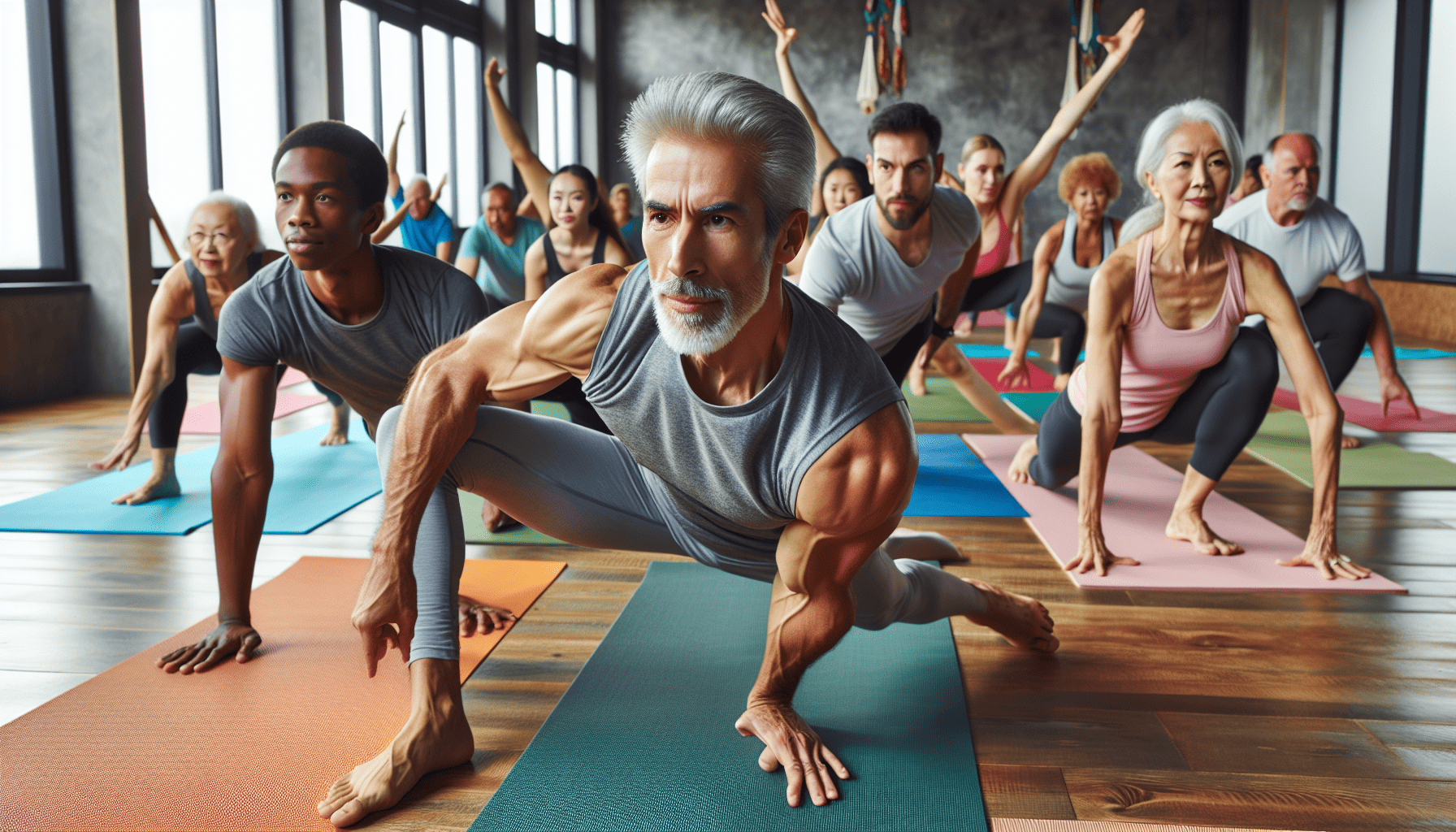Yoga is often perceived as a relaxing, meditative practice, centered around gentle movements and deep breathing. However, dynamic yoga exercises bring a new dimension to this ancient practice by blending elements of strength training and cardiovascular conditioning. This approach is not just about shedding calories; it's a comprehensive method for building strength and flexibility while invigorating the body and mind.
Building Strength Through Yoga
Dynamic yoga exercises engage multiple muscle groups simultaneously. By integrating sequences that involve balancing, lifting, and holding postures, these exercises activate the core, improve stability, and increase muscular endurance. Postures like Plank Pose, Warrior III, and Boat Pose are cornerstone examples, challenging both upper and lower body strength. The practice encourages the use of body weight against gravity, enhancing muscular strength without the need for equipment.
Enhancing Flexibility
Flexibility is a key component of physical fitness, and dynamic yoga offers a path to achieve it. Unlike static stretches, dynamic yoga involves fluid movements that gently extend the muscles through their full range of motion. Poses like Sun Salutations serve as dynamic transitions, stretching and warming up the body, allowing for greater flexibility over time. By consistently incorporating these movements, practitioners can improve joint mobility and reduce the risk of injuries.
Cardiovascular Benefits
Dynamic yoga workouts also elevate the heart rate, providing cardiovascular benefits similar to those of moderate aerobic exercises. Sequences that flow from one pose to another without rest, such as the Vinyasa Flow, keep the heart engaged and boost cardiovascular health. This form of yoga is particularly beneficial for those looking to improve their stamina and overall energy levels.
Mind-Body Connection
Beyond the physical benefits, dynamic yoga strengthens the mind-body connection. The concentration required to execute complex sequences fosters mental clarity and focus. Coordinated movements, synchronized with controlled breathing, enhance mindfulness and promote a state of mental tranquility. Practicing dynamic yoga consistently can lead to reduced stress levels and improved mental resilience.
Creating a Balanced Routine
To establish a well-rounded dynamic yoga practice, it’s important to combine strength-building poses with flexibility-enhancing movements. Start your routine with a gentle warm-up, incorporating stretches that gradually open up the body. Progress to more challenging sequences that engage multiple body parts, paying attention to balanced muscle engagement. Conclude with cooling stretches to release tension and preserve flexibility.
Conclusion
Dynamic yoga is a versatile and potent practice that goes beyond traditional yoga routines by incorporating elements of strength, flexibility, and cardiovascular fitness. Whether you're aiming to build muscle, increase your flexibility, or improve heart health, dynamic yoga offers a holistic approach to achieving fitness goals. By fostering a strong mind-body connection, it also cultivates mental peace and resilience. As you embrace dynamic yoga, you'll find yourself not only enhancing your physical capabilities but nurturing a harmonious balance between the body and mind.
